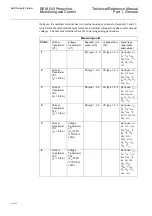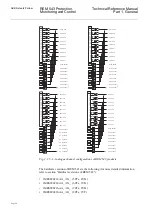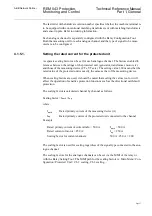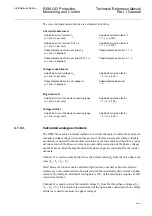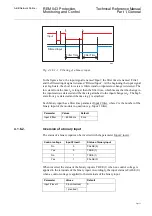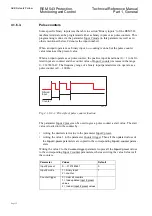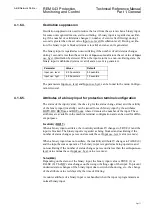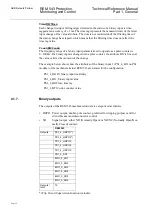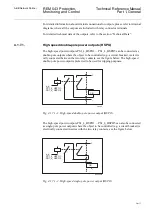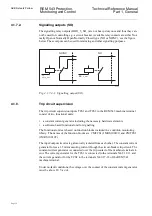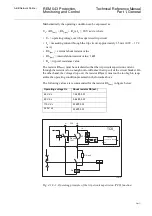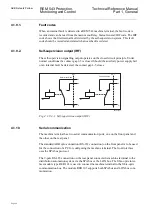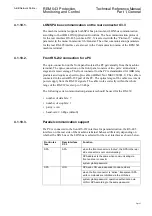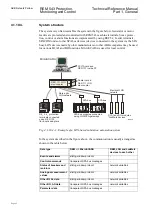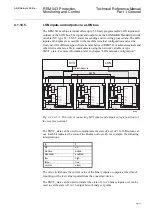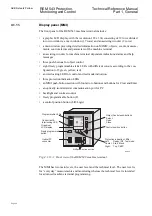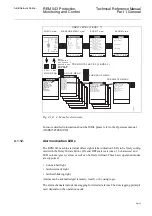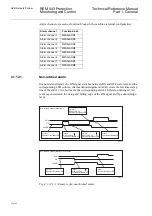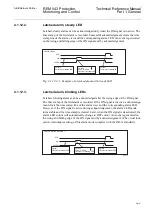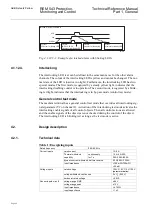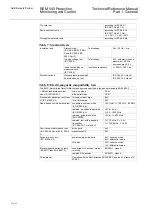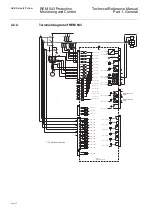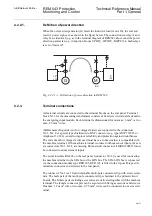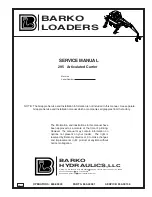
Page 38
REM 543 Protection,
Monitoring and Control
Technical Reference Manual
Part 1, General
ABB Network Partner
The supervision of the trip circuit is based on the constant current injection principle. If
the resistance of the trip circuit exceeds a certain limit, for instance due to bad contact or
oxidation, or if the contact has welded, the voltage over the supervised contact falls
below 20 V ac/dc (15...20V) and the supervision function of the trip circuit is activated.
If the fault persists, the trip circuit supervision alarm signal ALARM is obtained after
the preset delay time of the function block CMTCS_. As a default, the trip circuit
supervision function is not configured into use.
4.1.8.1.
Configuring the trip circuit supervision CMTCS_
The Relay Configuration Tool can be used to connect the trip circuit supervision input
status signals to the function blocks CMTCS1 and CMTCS2. The configuration of the
blocking signal is user-specific and can only be defined in the machine terminal config-
uration. The trip circuit supervision inputs in the machine terminal configuration are as
follows:
TCS1 and TCS2 inputs in REM 543:
Fig. 4.1.8.1.-1. Function block CMTCS1.
Trip Circuit Supervision 1 input
4.4, TCS1
PS1_4_TCS1
Trip Circuit Supervision 2 input
4.5, TCS2
PS1_4_TCS2
Input description
Name
Type
Description
TCSSTATE
Digital signal (BOOL, active low)
Trip circuit supervision input state
from I/O module
BS
Digital signal (BOOL, active high)
Blocking signal for trip circuit super-
vision, e.g. from tripping
Output description
Name
Type
Description
ALARM
Digital signal (BOOL, active high)
Trip circuit supervision alarm
CMTCS1
ALARM
BS
instance
TCSSTATE

